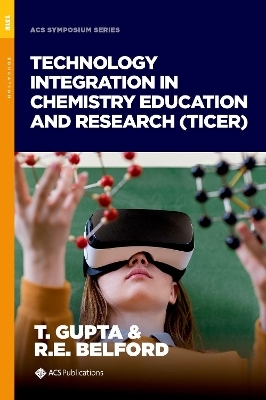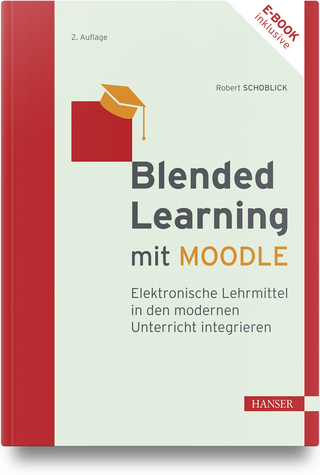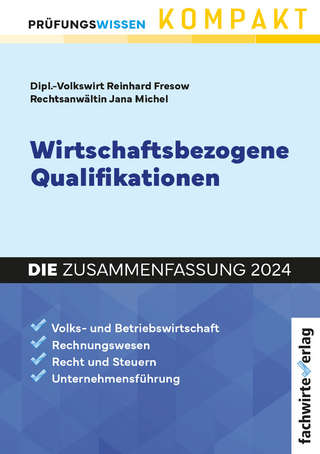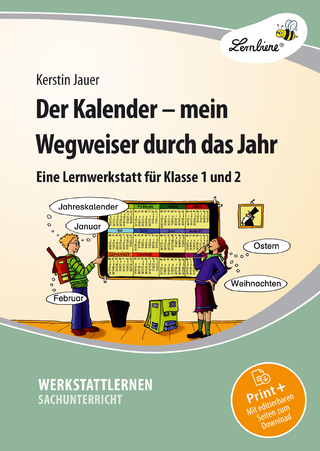
Technology Integration in Chemistry Education and Research
Oxford University Press Inc (Verlag)
978-0-8412-3439-0 (ISBN)
Educators are continuously finding new ways to integrate technology into chemistry education. This work discusses the theory, practice, and perspectives of technology implementation in the classroom. A wide array of topics are examined, from molecular modeling to collaborative tools and digital literacy. Offering diverse, rich, and informed perspectives, this work serves as a useful tool for educators seeking strategies and case studies of successful technology
integrations.
Tanya Gupta, Department of Chemistry & Biochemistry, South Dakota State University Robert E. Belford, Department of Chemistry, University of Arkansas
Preface
Chapter 1. Introduction: Technology Integration in Chemistry Education and Research, R. E. Belford and Tanya Gupta
Category 1: Augmented Reality and Virtual Reality Applications in Chemistry Education and Research
Chapter 2. Augmented Reality Applications for Teaching Chemistry Across the K-20 Curriculum, Leonard A. Annetta and Marina Shapiro
Chapter 3. Teaching and Learning Chemistry via Augmented and Immersive Virtual Reality, Zulma A. Jimenez
Chapter 4. AR Chemistry: An Undergraduate, Technology-Based Research and Development Initiative to Incorporate AR Molecular Models in the Chemistry Curriculum, Derek A. Behmke, Evelyn Brannock, David Kerven, Robert Lutz, Julia Paredes, Richard Pennington, John Rose, Michael Deiters, Matthew Camp, and Anastasiya Golovan
Chapter 5. Game-Based Learning in Chemistry: A Game for Chemical Nomenclature, Tanya Gupta
Category 2: Technology in Laboratory Instruction
Chapter 6. Enhancing Students' Laboratory Experiences in Undergraduate Chemistry, R. Lamichhane and A. Maltese
Chapter 7. Practical Considerations for Advancing Undergraduate Digital Literacy Through Digital Laboratory Notebooks, Aaron R. Van Dyke
Chapter 8. Open-Access Chemical Assessments for Students and Educators, Julian R. Silverman, Claudia Bode, and Bala Subramaniam
Category 3: Technology and Project-Based Learning
Chapter 9. Resources for Teaching Project-Based Undergraduate Medicinal Chemistry Courses, Bonnie L. Hall, Kyle D. Watson, and Tracy Covey
Chapter 10. A Technology-Centered, Project-Based Approach in Physical and Computational Chemistry Curriculum, Dmitri Kilin and Svetlana Kilina
Category 4: Active Learning and Assessment of Student Learning Using Technology
Chapter 11. Ensuring That Test Takers Can Use New Chemistry Assessments Made Possible by Technology, Jack D. Polifka and Thomas A. Holme
Chapter 12. Incorporating Paper Clicker (Plicker) Questions in General Chemistry Courses To Enhance Active Learning and Limit Distractions, Brian McBurnett
Category 5: Comprehensive Technologies: Diverse Tools and Approaches for Teaching and Learning
Chapter 13. Social Media in Chemistry: Using a Learning Management System and Twitter To Improve Student Perceptions and Performance in Chemistry, Mercy Adoma Fosu, Tanya Gupta, and Semhar Michael
Chapter 14. The Right-Tech Approach for Integrating Technology into Teaching and Learning, Yu Kay Law
Chapter 15. The Impact of Technology-Assisted "Scaffolding" on Student Learning in General Chemistry, Madhu Mahalingam, Elisabeth A. Morlino, and Elisabetta Fasella
Chapter 16. The Next Generation Digital Learning Environment for Chemistry, Matthew W. Van Duzor and Jonathan C. Rienstra-Kiracofe
Chapter 17. Discovering Multiple Uses of Mobile Technology for Instructional Improvement: Lessons Learned and Serendipitous Encounters from the cCWCS iPads in Chemistry Workshop, Mark Blaser
Chapter 18. Conclusion: Technology Integration in Chemistry Education and Research: What Did We Learn and What Can We Expect Going Forward?, Tanya Gupta and R. E. Belford
Editors' Biographies
Author Index
Subject Index
| Erscheinungsdatum | 24.03.2020 |
|---|---|
| Reihe/Serie | ACS Symposium Series |
| Verlagsort | New York |
| Sprache | englisch |
| Maße | 182 x 262 mm |
| Gewicht | 960 g |
| Themenwelt | Schulbuch / Wörterbuch ► Unterrichtsvorbereitung ► Unterrichts-Handreichungen |
| Naturwissenschaften ► Chemie | |
| Sozialwissenschaften ► Pädagogik | |
| ISBN-10 | 0-8412-3439-6 / 0841234396 |
| ISBN-13 | 978-0-8412-3439-0 / 9780841234390 |
| Zustand | Neuware |
| Haben Sie eine Frage zum Produkt? |
aus dem Bereich


